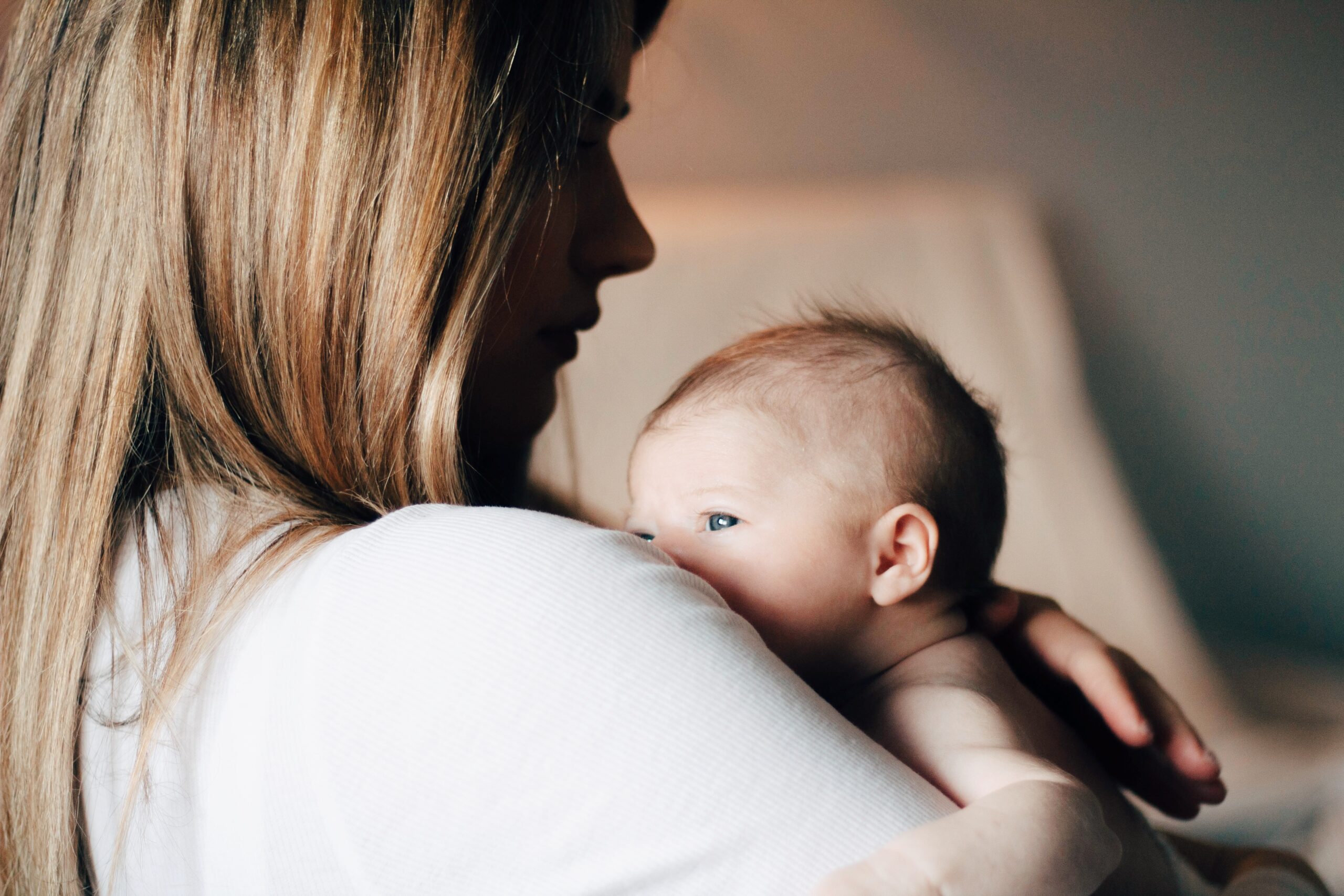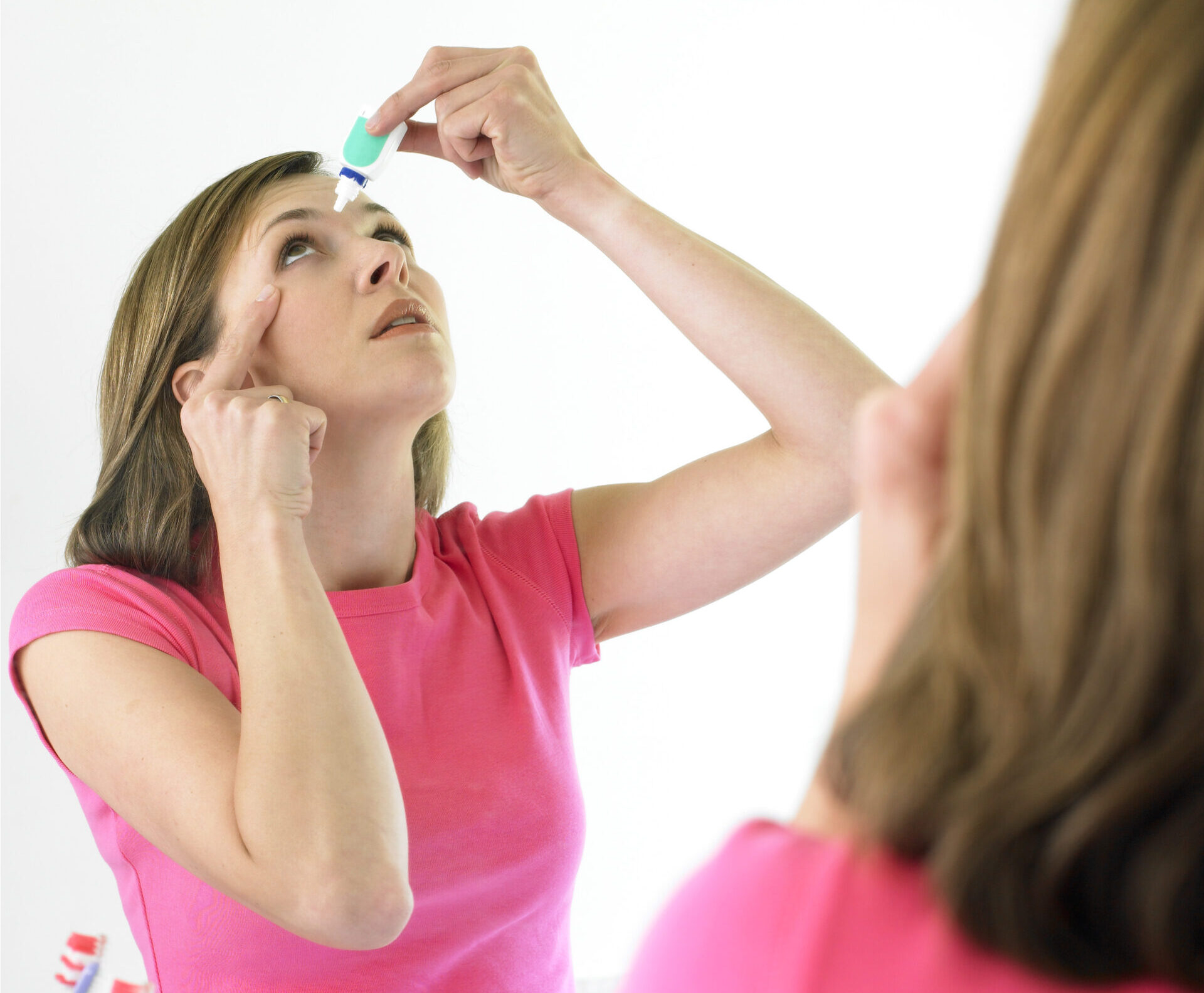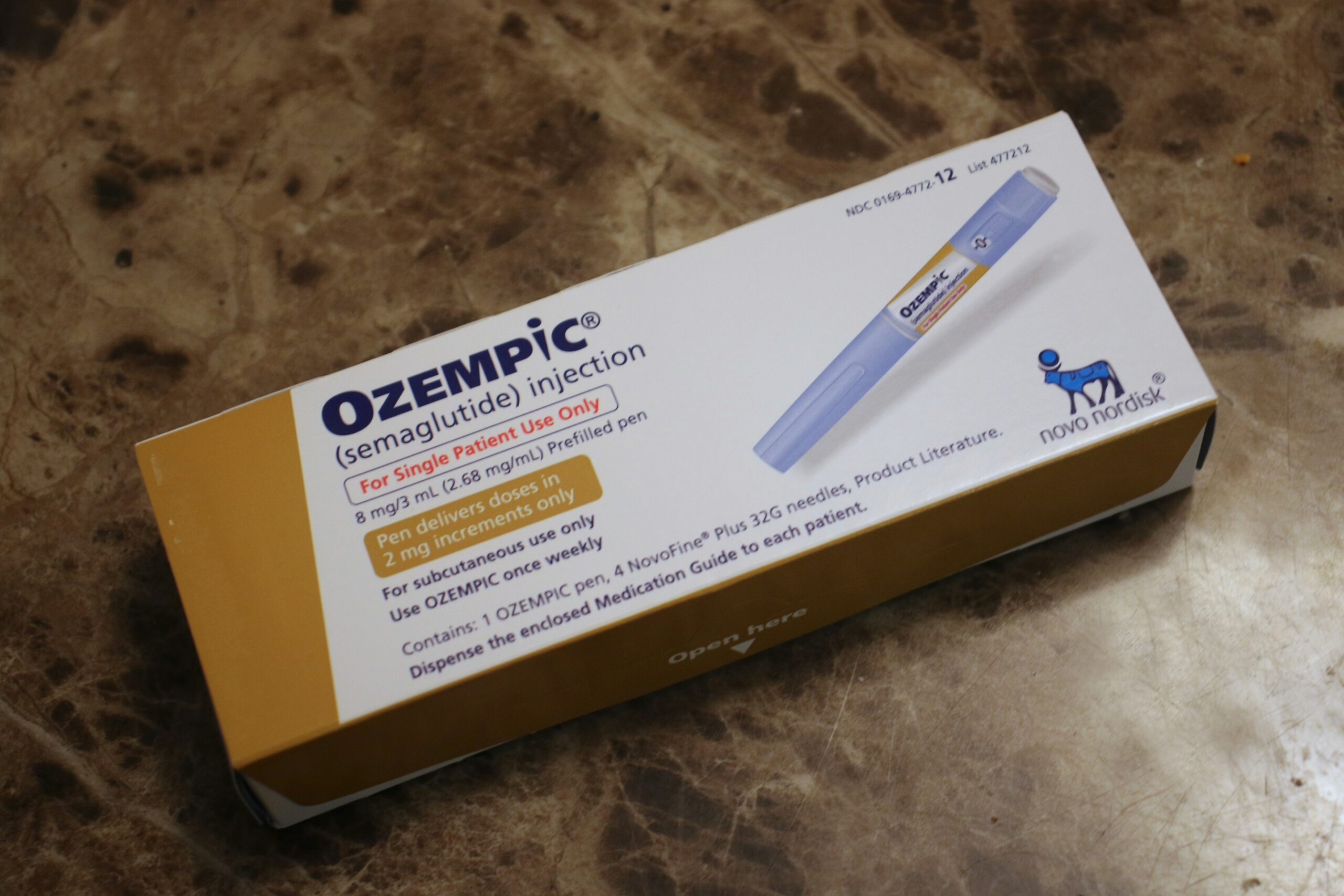A report from the advocacy and non-profit organization Zero to Three has found a very developing world problem is trending conspicuously up in the heart of the developed world.
Infant mortality was found in the report, the State of Babies 2023, to be trending up across all ethnic groups in the US to a nationwide average of 5.4 deaths per 1,000 live births, and a maternal mortality rate of 23.6 per 100,000. This places the US in the 37th position for infant mortality among the Organization of Economic Cooperation and Development nations.
It’s a worse position than in 2020 when the US was sandwiched between the Russian Federation and Romania, as well as in 2022, when the US fell behind them both.
It’s a strange place for the “indispensable nation” to find itself in, and a stark reminder that the metaphorical house of the country is not in order.
“It’s important to remember that it’s also on the heels of a really dramatic increase in maternal mortality,” said Patricia Cole, who’s been working in children and family policy for 30 years, including stints in the Senate Committee on Children, and as Senior Director of Federal Policy at Zero to Three for 13 years.
Infant mortality had been falling in the US since 2005, and continued doing so until the last State of Babies report was published in 2021. “It had been steadily decreasing,” notes Cole, who told WaL that it’s as-yet unclear if this increase is a one-off, a reflection of a broader trend, the “further” deterioration of the American medical system, or aftershocks from the government response to the pandemic, but she adds that even before this increase, the US mortality rate for babies has always been concerning when compared with the rest of the world, and even Vermont, the US state with the lowest infant mortality rate, if it stood apart would only rank 25th in the OECD rankings.
Cole said that the fact the two mortality rates are increasing together is probably indicative of the root of the trouble. “We have these big disparities in terms of birth outcomes, not just for mortality, but for prematurity and low birth weight, and we have this pattern of racial and ethnic disparities mostly for black women,” as seen in the data across states.
To put it Laconically, the disparities in incomes and other economic markers between groups in the United States have been well reported, and economic factors are shown to increase the survival of infants in the infant mortality period, or from the first 30 days to the end of the first year. Whether it affected the post-natal period which is limited to the first 30 days of life, is not at the moment known, as the State of Babies combines the two metrics.
Lack of medical services, either access or use
“If you have bad outcomes at birth then you look at what happened before birth—maternal health. We know there are these vast deserts—everything has a desert,” joked Cole, “but we know we have these maternity deserts, and it’s real, and it is frightening that there are these whole counties with no real obstetrical care, especially in rural areas”.
One-third of the nation’s counties are considered to be maternity care deserts according to Zero to Three, “I saw an article recently that the only NICU in the Mississippi Delta had closed,” said Cole.
This is just one part of a nationwide lack of access to maternal health, prenatal exams, and post-natal follow-up care in America; the State of Babies 2023 called it a “crisis” and didn’t limit it to this young decade. Here, the report notes a rare success, that 46 states have implemented or plan to implement comprehensive, continuous health insurance coverage through Medicaid during pregnancy and for no less than 12 months following the end of pregnancy, “and there is growing support to make this a requirement in Medicaid and the Children’s Health Insurance Program”.
“I think there’s a lot of work to be done with outreach, in building the better quality care and to make sure that care is there, but addressing the rural gaps just seems huge,” said Cole.
Even without pouring government money into a Medicaid expansion or vastly increasing the footprint of pre and post-natal care around the country, a lot can be achieved by simply having someone to remain connected with new parents who can answer questions about development, which can not only be organized at the community level but is also inexpensive and versatile.
“We have an approach here at Zero to Three called Healthy Steps which embeds an early childhood development specialist in primary care offices and pediatricians’ offices so moms and dads have support and someone to talk about development and just have a more in-depth eye on that child’s development,” said Cole. “There are children who make it past the first 4 weeks but then have a failure to thrive, and maybe having that specialist to have their eye on it… you know a lot of it has to be community level”.
“There are programs that start out with a [home] visit for every newborn and family at the hospital and then they do one follow-up visit and then connect families with services in the community, and some programs start before birth and help provide developmental support, but it’s not widespread, home-visiting,” said Cole, who estimates that just 3% of babies in America would be reached by home visiting services. WaL



